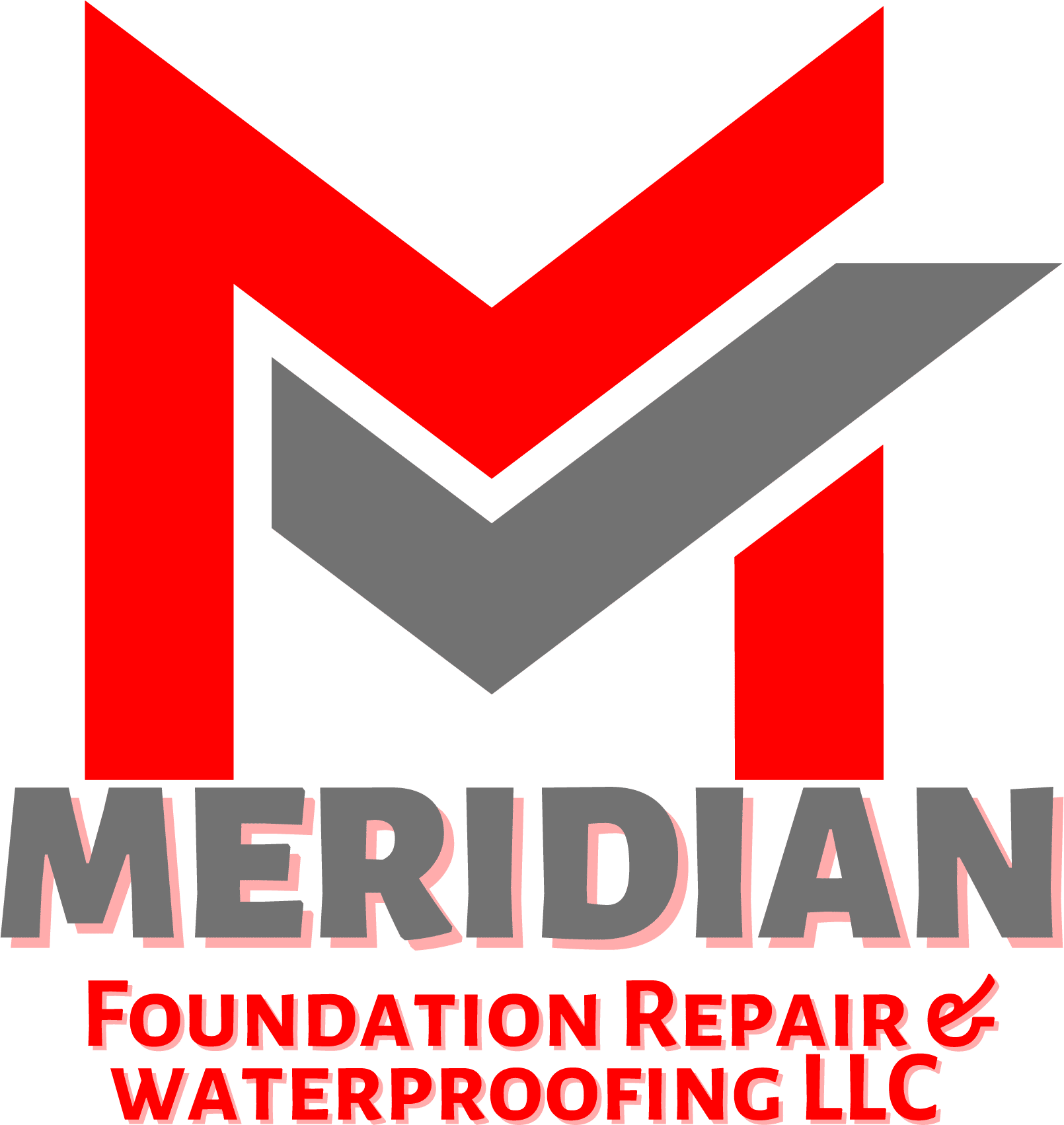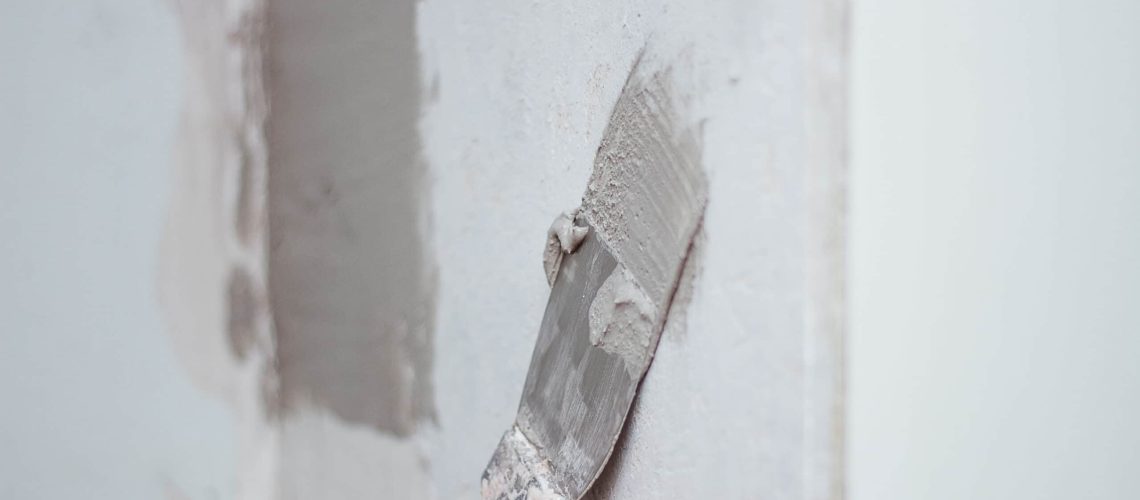When a structure or object is waterproofed, any liquid that comes into touch with it is completely blocked from entering. It’s a seamless system made possible by the use of elastic and long-lasting membranes. The method is used in the building and design industries to reduce the impact of ambient liquids infiltrating systems under hydrostatic pressure and other external pressures such as capillarity. Any structure, but especially your home, requires waterproofing. From the roof to the basement, your home’s interior must be maintained dry. Insect infestation, mold growth, and, in the worst-case scenario, a collapsed structure can all result from water intrusion. Whether it’s the basement, walls or bathrooms, or balconies, rooftop decks or green roofs that need to be insulated, waterproofing is a must.
Benefits of waterproofing
If buildings aren’t properly cared for, they’ll deteriorate with time. A single advantage does not outweigh another, and this is because all of them are geared at keeping a building dry:
- Creates a healthier living or working environment – mold takes only 24-48 hours to develop on dump places and can be harmful to your health.
- Prevents structural damage – it’s possible for foundation cracks and even wall collapse to occur if water seeps through your home’s base.
- Lowers overall heating and cooling costs – basement leaks can put a burden on your air conditioner and raise your energy costs by as much as 1%. Additionally, waterproofing can save you money in the long run by preventing costly flooding repairs, such as basement flooding.
- Increases property value – not one property owner wants his property to be undervalued, especially because of preventable issues like moisture or mold. Waterproofing will ensure the overall value of your home simply by making it a more secure place.
- Protects your sump pump – basement waterproofing relies heavily on sump pumps, but these devices can malfunction or break down at any time. If your sump pump fails, additional basement waterproofing might provide further protection for your property.
- Protect your memories – basements are frequently used to store items such as furniture, picture albums, and other keepsakes. Your treasured items may be destroyed or damaged if the basement floods, and no one wants that.
- Increases your own wellbeing – the peace of mind that comes with knowing your house, possessions, and family are protected against water damage and leaks is priceless.
Waterproofing methods
In order to keep a structure dry, many waterproofing techniques are employed, and each one must be robust, adaptable, tear-resistant, and elastic in order to stretch and flow with the area. The membrane should be UV stable if it is going to be exposed to the sun. The membrane should be able to conform to any shape it is put over, and it should be able to turn up and over walls and other aspects of the building.
The most common waterproofing methods are cementitious waterproofing, liquid waterproofing membrane, bituminous membrane, bituminous coating, and polyurethane liquid membrane.
Cementitious waterproofing
This is the simplest way to ensure if a building is watertight. Cementitious waterproofing materials are easily accessible from providers of masonry items. They’re also simple to mix and apply. Cementitious waterproofing is most commonly used in bathrooms and other moist spaces.
Liquid waterproofing membrane
With this procedure, a liquid waterproofing membrane is applied as a thin layer that is spread by spray, roller or trowel. When compared to cement-based waterproofing, this system is more adaptable. As a result, it is more widely utilized nowadays and offers greater adaptability than cementitious waterproofing. Liquid waterproofing is more durable if it is made using a polymer that is resistant to water.
Bituminous membrane
Because of its established efficacy, the bituminous membrane is a common solution for waterproofing low-slope roofs. In addition to a self-adhesive membrane, the bitumen waterproofing membrane includes a torch. Asphalt, polymers, and filler are all components of self-adhesive compounds, as well as resins and oils that can enhance adherence. There are both exposed and covered varieties of torch on membrane. Granular mineral aggregate is commonly used in the exposed layer to survive weathering. For the other type of membrane, the contractor must apply a single protective screed to prevent the membrane from being ruptured.
Bituminous coating
Bituminous coating is derived from bitumen materials. Based on its formulation and polymerization grade, it is a flexible protective coat. Polymer grade and fiber reinforcement can affect the fiber’s water resistance and flexibility. Bituminous coatings are most commonly used in moist regions under screeds. It is an excellent waterproofing and protection coating for concrete foundations. Unless it is modified with a more flexible substance, such as polyurethane or acrylic-based polymers, it should not be exposed to sunlight.
Polyurethane liquid membrane
Polyurethane liquid membrane is a waterproofing solution for flat-roof regions that are exposed to the climate. Compared to the other techniques, this one is more expensive. Polyurethane is composed of two components: a reactor and a base. A liquid coating for waterproofing purposes is created by mixing these two components in a specified ratio. Easy installation makes polyurethane one of the most popular options.
Conclusion
When it comes to your property and its contents, water may create considerable problems and damage. If you are experiencing moisture issues in your house, you should take steps to remedy the situation as soon as possible. You shouldn’t put off waterproofing your house any longer since it is one of the finest things you can do for it.


